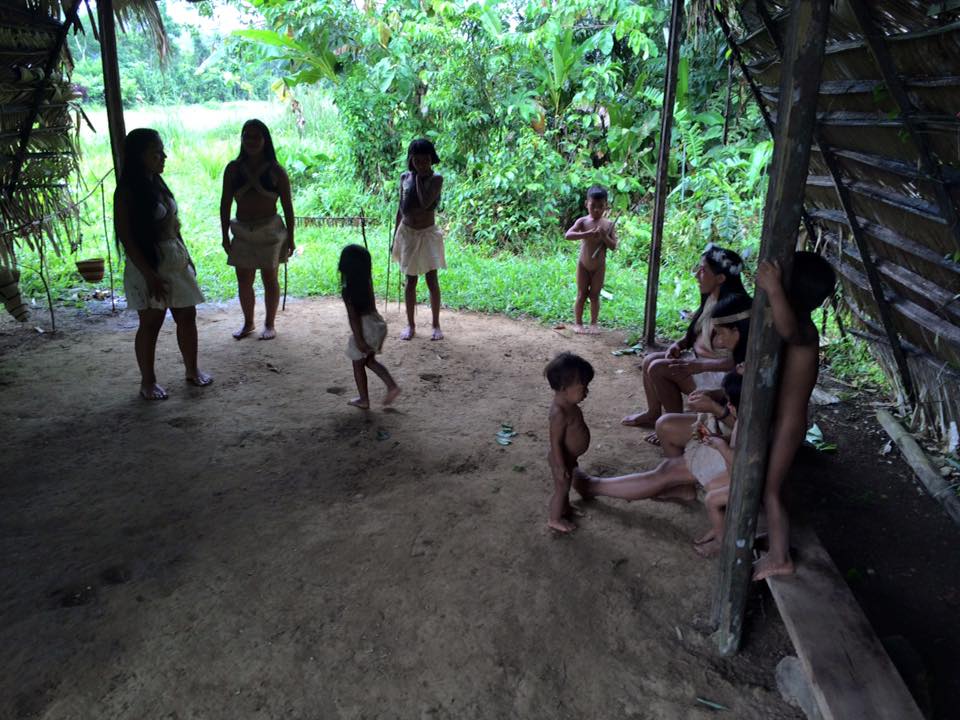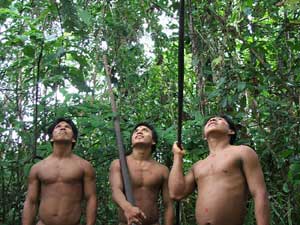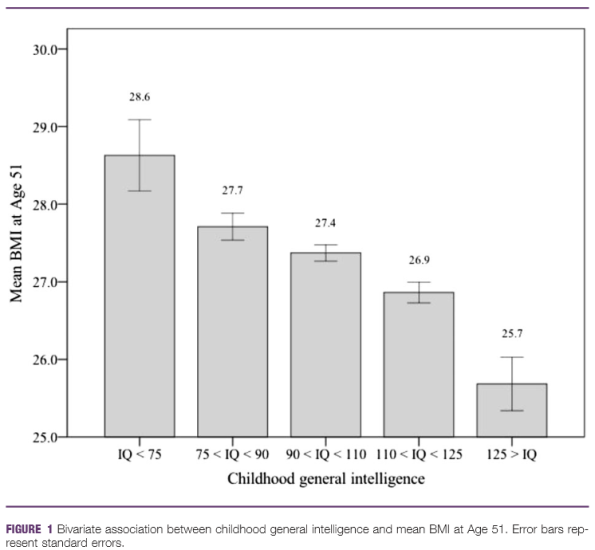If there is an intellectual out there who I connect with more than Sam Harris, I haven’t met him. From his books decrying the evil of religion such as in his best-selling The End of Faith: Religion, Terror, and the Future of Reason to his attempt to place morality in the hands of science with The Moral Landscape: How Science Can Determine Human Values
, I have cheered him on, nodding in agreement with the vast majority of his claims and laughing at his stinging barbs. With his clear voice, mighty intellect and quick wit, he went from being a neuroscience graduate student that nobody had ever heard of to one of the Four Horseman of the new atheists along with Christopher Hitchens, Dan Dennett, and Richard Dawkins, all seemingly overnight.
But unlike those other three intellectual titans, Harris has always struck me as the least ivory tower of the bunch. Like me he has a passion for Brazilian Jiu-Jitsu and is a follower of MMA, and as we find out in the very first chapter of his book Waking Up: A Guide to Spirituality Without Religion he spent much of his 20’s high on LSD and MDMA. It was these drug experiences that helped send him on search for that ever elusive state of mind called enlightenment.
During his undergraduate years at Stanford, Harris and a friend ingested the drug MDMA, commonly known by its street name Ecstasy. This was in 1987, before the rave scene was popular, so Sam and his friend merely hung out inside a house and sat across from each other on two couches and chatted. As their conversation went on and the chemicals of the drug began to take hold Sam came to the sudden realization that he loved his friend. A completely selfless love that all Sam could want was for his friend to be happy. The idea of being jealous or envious of his friend’s or anyone else’s success in life seemed like a mental illness. Nor did this love just extend to his friend, but if any complete stranger had walked into the room at the moment, Sam’s love would have extended to that person too. Love he realized, was a state of being, not something we are only supposed to feel towards someone if they had a certain relationship with you. Under the spell of ecstasy he felt sane for the first time in his life.
There was far more happiness available to be experienced in this life than what is commonly known and Sam went in search of how to get it. His travels took him all across Asia to study at the feet of some of world’s best known meditation masters. He would spend two years in retreat, meditating 18 hours a day, before finally, under the guise of the legendary Tulku Urgyen Rinpoche, did Sam find what he was after. The direct experience of what we consider the self as an illusion.
“Waking Up” is divided into five chapters, the first chapter deals with the nature of spirituality, how it is conceived differently in the east and west, how a secular person can glean the fruits of spiritual wisdom without having to buy into the dogma of religion. This is an important point that needs to be made to the secular community, just because the Abrahamic religions you have been surrounded by growing up are ridiculous, doesn’t mean that there isn’t some wisdom to be learned from the east. And sure some of the claims of the east are laughable too, but as Harris points out, there is a diamond in the rough, and it is possible to have it in the palm of your hand.
In the next few chapters Sam Harris put on his neuroscientist hat to wonder about some of the mysteries of consciousness. He goes over what is known as the “hard problem of consciousness”, why it is that this hunk of atoms and molecules that is us experiences the world at all in a way that a rock surely doesn’t. He sees this as an enigma that we just can’t solve at the moment. And then moves on to the nature of the self. Through some clever thought experiments Harris wants us to see how our commonplace sense of self doesn’t stand up to closer scrutiny. The main illusion here is that we tend to think of ourselves as “possessing (rather than of merely being) a continuum of experience.”
This an empirical claim says Harris, look closely at your own mind and you will never find a sense of self. And when this absence of self is found, the feeling of being a self a vanishes. The problem is we are too distracted by the noise going on in our minds that we don’t have the contemplative tools to be able to see this clearly. In a very clever analogy he relates this to Galileo having to build his own telescope to look at the stars. If every single one of us had to be able to build our own telescopes, how much would the average person know about astronomy?
But that is exactly what has to happen in order to successfully navigate the mind. We have to build our own tools, the first of which being the ability to concentrate and not get swept away by the tornado of thoughts. For this we need to learn how to meditate. The subject of his next chapter.
Where “Waking Up” may spark the most controversy is not between Christians and atheists, between the religious and the secular, but between the Dharma practitioners themselves. In his chapter “Sudden vs Gradual realization” Harris tackles the age old question of just how to become enlightened. There are two types of paths, one gradual and one sudden. Those who follow the gradual path, such as is outlined in Theravadan buddhism assume that enlightenment is something to be attained, and that to get it you first have to pass by all these intermediate steps and do all sorts of practices. By adopting certain practices, the sense of self slowly diminishes over time. The sudden school of thought is that we are already enlightened, we already don’t have a sense of self and we can have happiness right now, we just need to have it pointed it out to us. The sudden school criticize’s the gradual school by saying the gradual school only reinforces the nature of self by implicitly believing that there is an “I” who is working towards enlightenment. While the gradual school shoots back and says ‘you dummies don’t you realize your path actually is gradual, you didn’t suddenly become enlightened all at once, you had to train your concentration first and then once you had the no-self pointed out you have to keep training in reinforcing it over and over.’
Harris first outlines his attempts in the tradition of Theravadan buddhism, studying under one of the foremost living masters in the discipline Sayadaw U Pandita. While on retreat he had many amazing experiences and all together grew happier and more concentrated but the breakthrough to realizing no-self never happened.
Harris would then give the tradition of Avaita Vedanta a chance, where he began to believe that realizing the illusory nature of self was possible in this moment right now. But it wasn’t until he met with the legendary Tibetan Buddhist master Tulku Urgyen Rinpochewhere Sam learned the practice of Dzogchen and finally had his breakthrough. It was with the absolute clarity of Tulku Urgyen’s advice that Harris finally learnt how to cut through the illusion of self…if only for an instance…
Harris has clearly thrown his hat into the sudden awakening school and he has been criticized for this by some of the gradual school folks like Daniel Ingram who point out that Harris had been training for years before receiving Tulku Urgyen’s teaching, and that the amount of ordinary people who ‘pop’ (suddenly become awake) when hearing a Dzogchen master point out the nature of the mind is very small, and those who do usually have had years of meditation training like Harris had. So not sudden at all, but gradual. Harris does admit this, as he knows that even the Tibetan Buddhists go through years of preliminary practices before receiving Dzgochen instruction. Also Harris’s awakening only lasts for a few moments, before he gets caught up in the illusion of self again. Although he says that with more practice, those moments would extend in duration and intensity. One wonders why if as Harris says, who readily admits that he often gets lost in neurotic thought doesn’t practice more if his awakening moments are so blissful? (To watch him in debate though, is to watch someone who appears amazingly focused and phlegmatic)
According to Harris the best way to learn to become enlightened is to learn at the foot of a dzogchen master. Unfortunately his teacher Tulku Urgyen Rinpoche is no longer around, but his sons are. And I can attest they are very good teachers. Long before I had even heard of the father, I picked up his youngest sons book, The Joy of Living: Unlocking the Secret and Science of Happiness and have found it one of if not the clearest guide on meditation anywhere. In the end, Harris wants you to give meditation a try and run the experiment in your own mind. Will you find the same fruits he did?







 Look at this stunning graph showing the correlation between childhood intelligence and Body Mass at age 51. Those with the highest IQ’s were the skinniest and those with the lowest IQ’s were by far the fattest.
Look at this stunning graph showing the correlation between childhood intelligence and Body Mass at age 51. Those with the highest IQ’s were the skinniest and those with the lowest IQ’s were by far the fattest.










